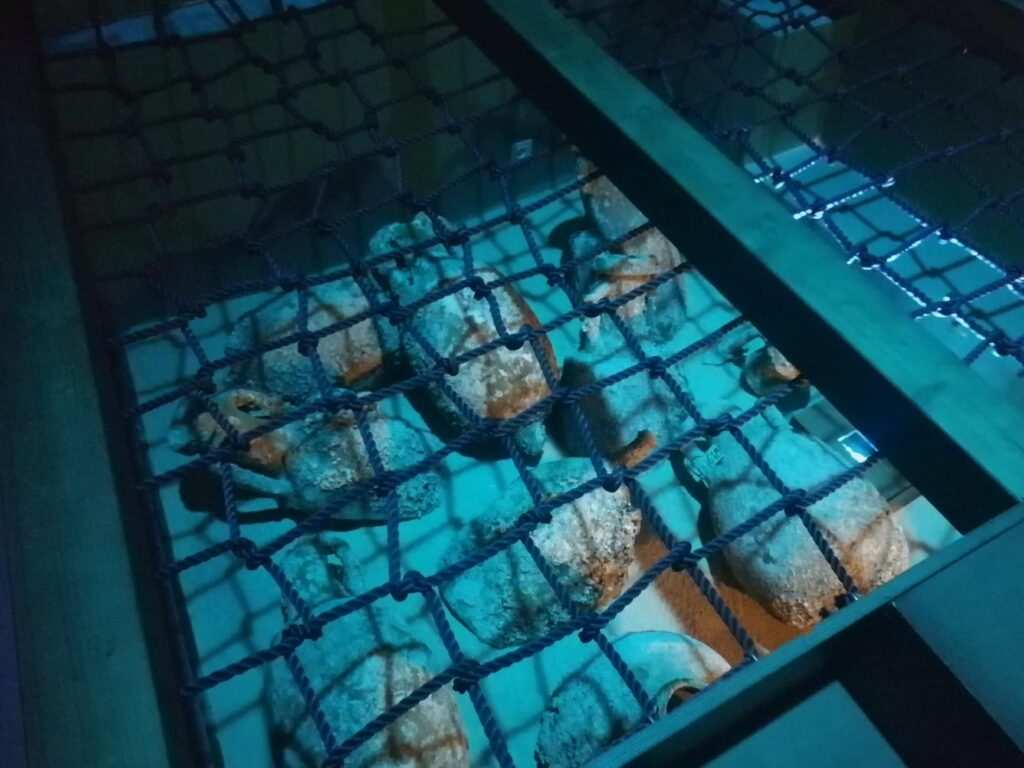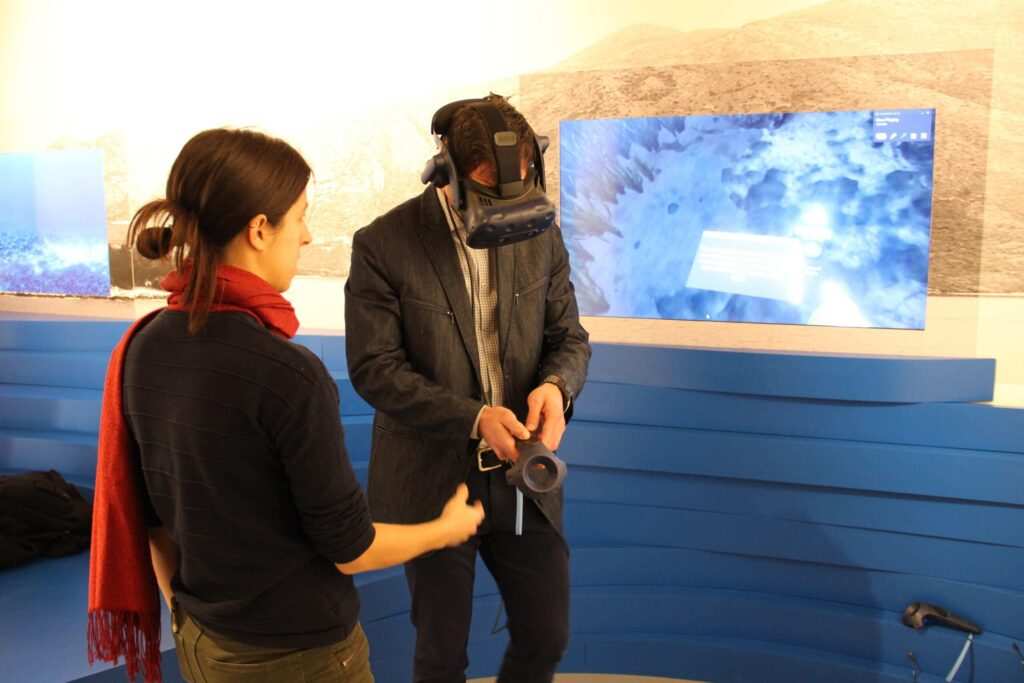In antiquity, when Romans settled the Konavle region, most trades took place by naval routes. Maritime trade routes covered the whole Mediterranean and especially, the Adriatic Sea. The east coast of the Adriatic was more commercially developed than the west, as it abounds in islands and safe harbors for ships to take refuge.
Merchant ships that sailed the Adriatic at that time were known as navis oneraria. These were vessels of up to 30 meters in length that could carry up to 100 tons and had a crew of 5 to 10 members. Naturally, they were not the only merchant ships. Besides these, there were also the so-called tanker ships that carried so-called dolia, huge pottery vessels that could hold 1,200 to 1,400 liters. Even so, the main container for the transport of fluid was the amphora. Depending on the type, their volume was about 20 liters and their shape was adapted for shipping.
As the Mediterranean region is known for the production of oil and wine today, so it was also in antiquity. Wine usually came from northern Italy and Greece, and oil was acquired from the region of today’s Tunisia.

Shipwreck of North African cylindrical amphorae
Source: Mihajlović, Igor. 2008. Pregled podmorskih arheoloških istraživanja na Dubrovačkom području od 1997. do 2005.
In the Konavle region, in front of the island of Supetar, two antique shipwrecks were found, from which all the above-mentioned information can be derived. When we mention shipwrecks from antiquity, they are mostly dated from the 4th century BC to the 6th century AD. Their age is revealed by the type of cargo they were carrying, by the analysis of the age of the wood they were made of, or by some other method. The cargo of the ships can be various, from ceramic vessels, metal ingots, stone blocks, bricks, sarcophagi, bronze and stone statues, etc. but amphorae were most often transported.
Two ships that sank near island Supetar were traveling to or from Epidaurum, a Roman colony, and very important trading center, located on today’s foundations of Cavtat.
The sinking of a ship carrying a minimum of 10 dolias dates back to the 1st century AD, while the sinking of a ship carrying at least 1,200 North African cylindrical amphorae with oil from Tunisia dates back to the 4th century AD. In 2001 the amphorae site was covered with a protective iron cage so that today’s tourists can visit it.
Another type of amphora called Lamboglia 2 was found in the Cavtat waters. This is the most common type of amphora from the eastern Adriatic. They were produced in northern Italy and were used to transport wine from central and northern Italy to the east. The site dates back to the 1st century BC, however, archaeological studies did not find any ship remains, so it is believed that the amphorae fell off the ship. A collection of 20 of these amphorae can be seen at the Department of Archeology of the Museums and Galleries of Konavle.
But, Cavtat was not fatal only for ancient shipwrecks. A shipwreck from the time of Napoleon (18th or 19th century) was also found near Cavtat. It’s was a smaller ship armed with six iron cannons. Three anchors, boat equipment, cannonballs, and small surface finds were also found apart from cannons. Most of these findings can still be seen at the sea bottom in front of Cavtat.
In addition to being registered and protected thanks to local divers, all these shipwrecks are located in a small area and are found at relatively shallow depths, making them ideal for diving tourism. But, for those who are not ready to try professional diving, they have a chance to dive into Cavtat’s waters through the BLUEMED project, which showcases all the magic of Cavtat’s waters in a multimedia presentation at the Department of Archeology at the Franciscan Monastery of St. Blaise in village Pridvorje.
The text is partly taken from the magazine In love with Konavle 1.


